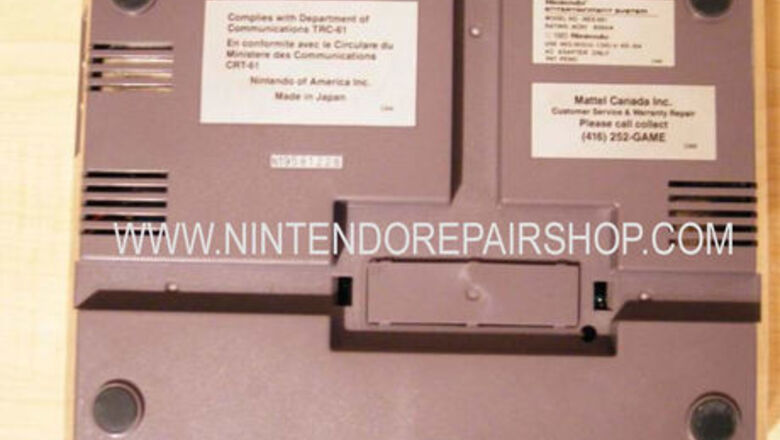
views
With a little patience, you can repair your NES System and games to a like-new condition. This guide will help you disassemble your console and show you the areas you need to focus on when cleaning and repairing.
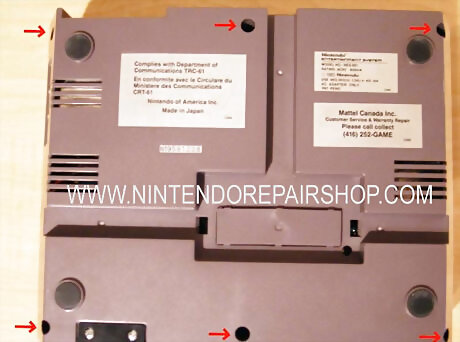
Turn your NES upside down. Remove the 6 screws indicated by the red arrows in the picture. Once the screws are loose, flip your console over again and you should be able to pull the top half of the case up. Be careful not to loose any screws!
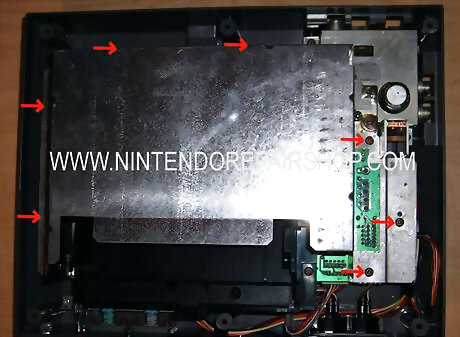
With the top half of the case off, remove the RF shield. This is the big metal thing that covers most of the NES internals. Remove the 7 screws and you will be able to pull it up.
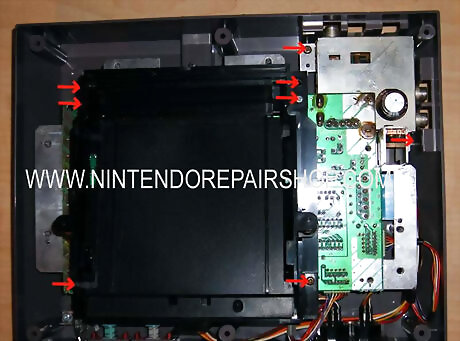
Remove the 8 screws holding the NES mainboard down and pull it out of the case. Be careful not to pull it too far because there are connectors still attached to the mainboard.
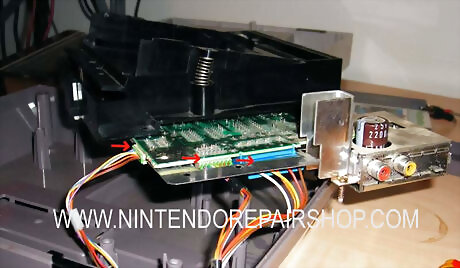
Remove the 3 connectors for the controllers and switch assembly. You will then be able to remove the mainboard completely out of the case. With the mainboard out, you can remove the lower RF shield.
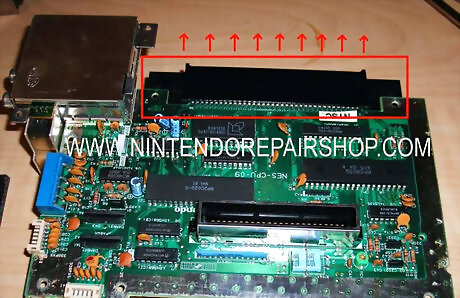
Remove the worn out 72 Pin cartridge connector from the mainboard. It might require a little force to get it out. You can toss the old 72 Pin NES Connector away as it likely is worn out past being usable.
The contacts connecting the 72 pin connector often get dirty and corroded which prevents the connector from making good electrical connection to the mainboard. We can ensure our new NES Connector 72 pin Nintendo Repair Part will make good contact by cleaning the contacts with our NES Repair Cleaning Paste and our Non-Static Cleaning Pads. I highly recommend using our cleaning paste to clean the contacts, it will get rid of all the dirt and corrosion and bring back the contact to a smooth shiny surface. Using the paste, apply a small amount on a Non-Static Cleaning Pad and scrub both the top and bottom side of the motherboard connector. You should see a lot of black dirt and corrosion coming up from the connector - This will continue to come up for quite some time, however in our experience you only need to continue cleaning until both sides of the motherboard connector appear clear of dirt and corrosion. After the Nintendo NES Repair Cleaning Paste has been successfully applied, BE SURE to wipe the motherboard connectors totally clean with a Non-Static Cleaning Pad and some Nintendo NES Repair Cleaning Rinse. Make sure you remove any left over residue from the cleaning paste, and remember to clean and rinse both sides of the contacts by flipping the mainboard over and repeating the process (if you haven't already). Once both sides have been cleaned and rinsed, dry with an unused cleaning cloth.
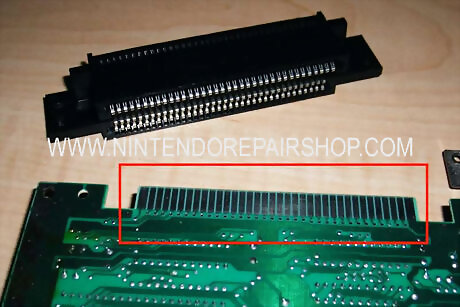
In the same way that you took off the old 72 Pin NES Connector, slide the new NES Connector 72 pin Nintendo Repair Part onto the now clean AND DRY Nintendo motherboard contacts. Again, the 72 Pin NES Connector will be a tight fit, so make sure to push it on all the way or it won't make proper contact. From this point, just reverse order and put it all back together. One important note is to make sure the plastic tab at the front of the spring loader snaps in place, underneath the motherboard. If not, you will notice that the spring loader will either become stuck in the locked down position, or will not lock down at all. In any case I recommend testing the unit out with a game to make sure everything works before putting the casing and RF Shield back on.




















Comments
0 comment